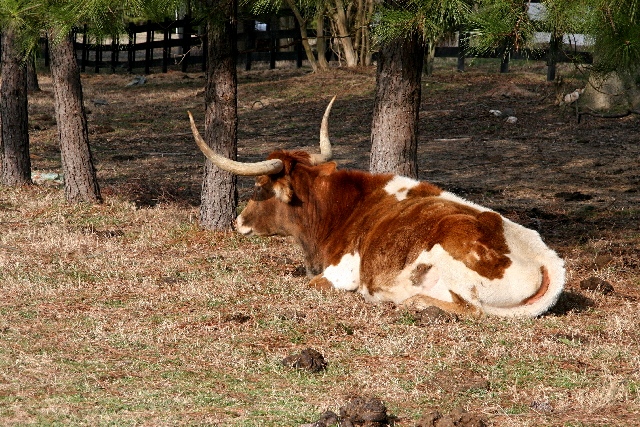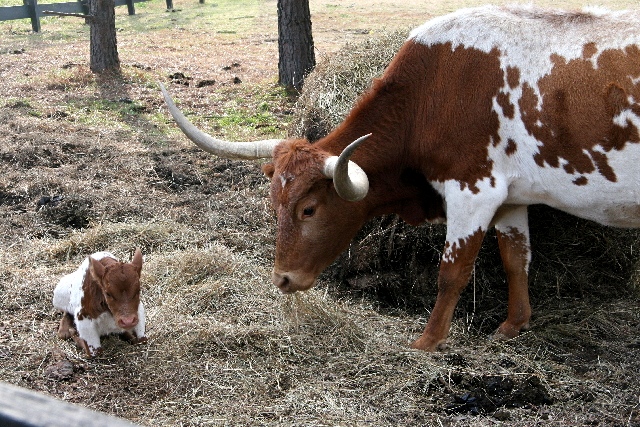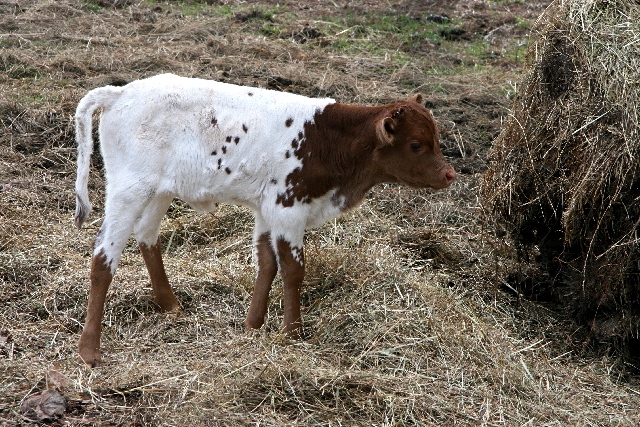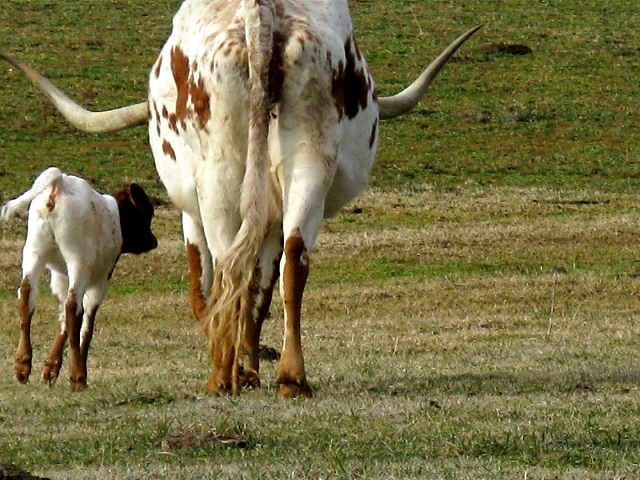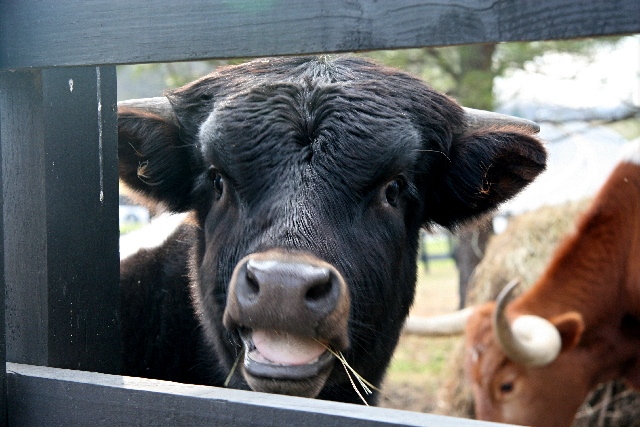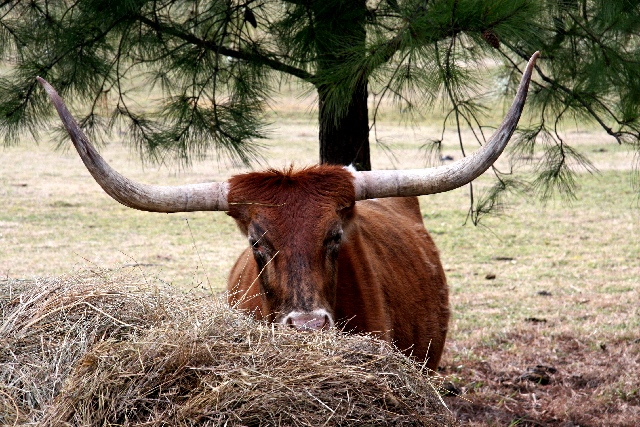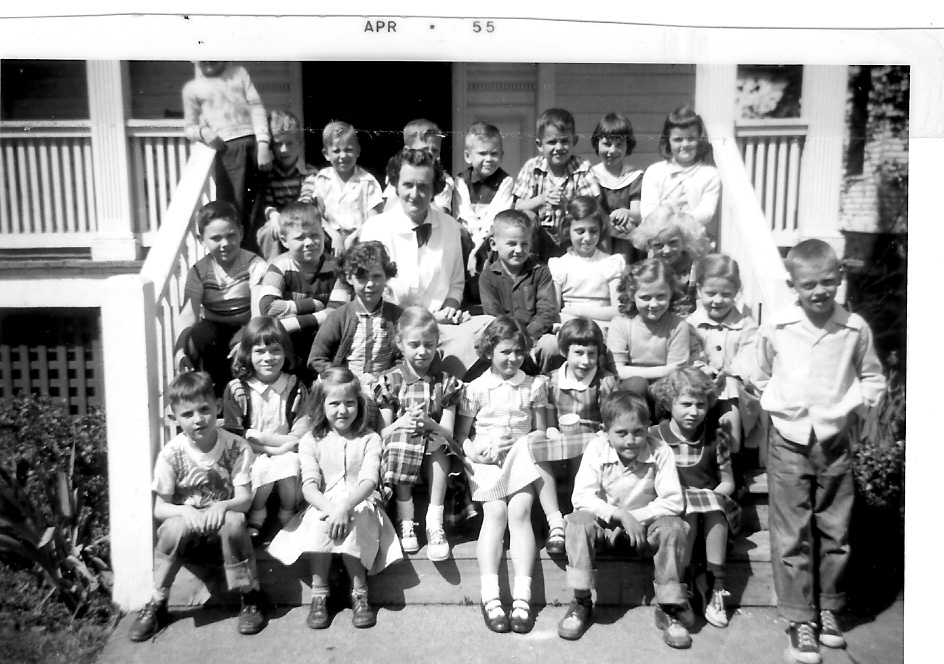I've spent too much time researching this not to share it, in spite of the time it has required of me, and may of you. It started out as something over which I laughed out loud when I read it—a quote from C. S. Lewis. But then it turned much more serious as words from Lewis are wont to do.
First, what made me laugh: Lewis wrote these words (I came to find out) in 1947; I don't know enough of his political leanings at the time to know why he included capitalists in this quote. But it made me laugh out loud—the inclusion of capitalists in a group of "others" we might find unsavory. The quote as I originally read it: ("vivisection" is the practice of conducing experiments on live animals for purposes of medical or scientific research)
Vivisection can only be defended by showing it to be right that one species should suffer in order that another species be happier . . . . If we cut up beasts simply because they cannot prevent us and because we are backing our own side in the struggle for existence, it is only logical to cut up imbeciles, criminals, enemies, or capitalists for the same reasons.
Okay—that's funny in this day of debate on the merits of capitalism and the mess that has arisen in our economy (allegedly) due to its free exercise. Looking at our economy today it would not seem unfair to group capitalists with "imbeciles, criminals, [and] enemies."
That was not, of course, Lewis' point. He was talking about the slippery slope that exists between harming defenseless non-human animals and doing the same to defenseless humans. A point well-made and embraced by all concerned for animal welfare, human and non-human.
In the source I was reading, the quote was (apparently) mis-attributed to Lewis in his book The Problem of Pain, in which he devotes a chapter to "Animal Pain" (chpt. 9). But in looking for the quote in my copy of this book, to fill in the ellipsis in the quote, I couldn't find it. Searching the contents of The Problem of Pain at both Amazon and Google Books didn't reveal the quote in this book. But I found the quote attributed to The Problem of Pain scattered all over the Internet. Apparently, a good example of bad attribution gone viral.
I was happy to find Lewis' full quote in Linzey's article, but it was the larger context that was more disturbing. Typical of Oxford-level scholarship, Linzey provided documentation of what was happening just before Lewis wrote his words in 1947—the Holocaust had just introduced to the world the reality of human vivisection, the Nazi (among others—see below) practice of experimenting on human subjects. Lewis was concerned that lumping man and animals into an evolutionary grab-bag of creatures, all of which were totally equal in biology and value, would result in what was already commonplace on animals becoming commonplace on man. Indeed, it had become commonplace during the war. Lewis was being careful to keep the distinction between image-bearing man and non-image-bearing animals.
Here is Lewis' full quote from Linzey's article:
Once the old Christian idea of a total difference in kind between man and beast has been abandoned, then no argument for experiments on animals can be found which is not also an argument for experiments on inferior men. If we cut up beasts simply because they cannot prevent us and because we are backing up our own side in the struggle for existence, it is only logical to cut up imbeciles, criminals, enemies or capitalists for the same reason. Indeed, experiments on men have already begun. We hear all that Nazi scientists have done to them. We all suspect that our own scientists may begin to do so, in secret, at any moment.
Linzey then cites an example of how human experimentation was going on among the Nazis:
On 15 May 1941, Dr Sigmund Rasher, who was the Nazi Medical Officer of the Luftwaffe, wrote to Himmler concerning his experiments on the psychological and physiological troubles involved in high-altitude flights:
I have noticed with regret that no experiments on human material has yet been introduced here, because the tests are very dangerous and no volunteers have offered their services. For this reason I ask in all seriousness: Is there any possibility of obtaining from you two or three professional criminals to be placed at our disposal? These tests, in the course of which the ‘guinea pigs’ may die, would be carried out under supervision. They are absolutely indispensable to research into high-altitude flying and cannot be carried out, as has been so far attempted, on monkeys, whose reactions are completely different.
Linzey notes that Himmler acquiesced to the doctor's request, then provides further documentation as to how similar experiments were being carried out among the Japanese in their prisoner-of-war camps: (the following quote combines the words of a Japanese military man, followed by explanation by the source Linzey is quoting; the numbers refer to footnotes in Linzey's paper)
‘I sometimes felt sorry for the logs of wood. I wondered, is it right to do such things to them?’8 The speaker is Naoji Uezono, leader of the vivisection team of the 731st Japanese regiment during the Second World War. The ‘logs of wood’ (maruta) were some three thousand Chinese, Russian, Mongol and American prisoners of war. These human prisoners were subjected to ‘injection of plague, cholera, typhus and other germs, the freezing of limbs, the infecting of syphilis [and] the prolonged exposure to X-rays’.9 If people wonder why details of these experiments are not so well known as their Nazi counterparts, the answer is even more grotesque. An arrangement was made whereby the vivisection team would be granted immunity from prosecution, if the useful results of their researches were handed over to the Americans. The ‘freezing experiments were so thorough that the team leader became the world authority on the science of human adaptability to [the] environment’.10 Dr. Edwin Hill, a US Army scientist, said in 1947 that the important information ‘could not be obtained in our laboratories because of scruples attached to human experimentation’.11
The idea that American authorities would negotiate for the research data collected from human experimentation is repugnant to me. It's worthy that America's "scruples" prevented her from doing her own "human experimentation," but what a shame that we would gladly avail ourselves of the criminal activity of others.
What started as a humorous perspective on "the company capitalists keep" ended up in a sad place. Lumping us in with "imbeciles, criminals, and enemies" was unwittingly (or not) prescient on Lewis' part. Lord, have mercy.



